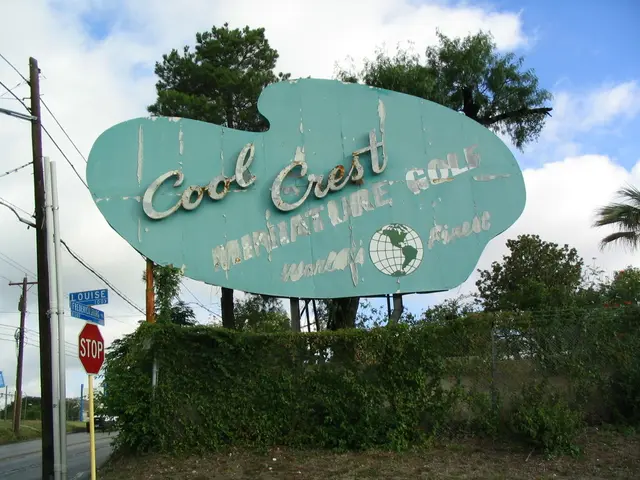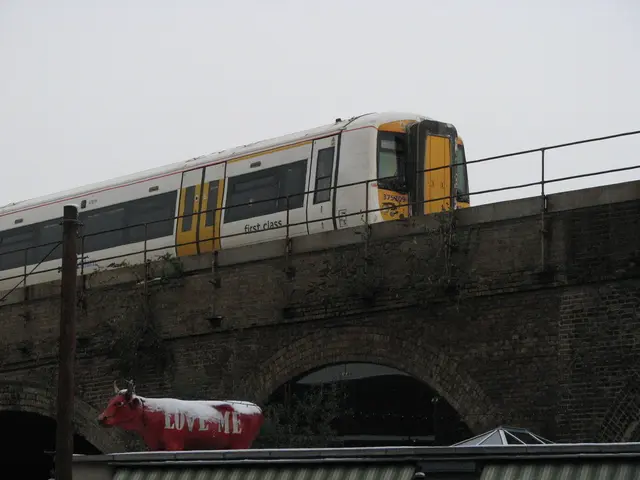Nissan Switches to Vessels for US Vehicle Exports, Boosts Logistics Flexibility
Nissan has adapted its vehicle transportation strategy to better serve the US market. Around 40% of Nissan's Mexican production is exported to the USA, with the company recently shifting from rail to dedicated vessels for this purpose.
Previously, Nissan relied heavily on rail transport, with 80% of vehicles moving this way. However, the company has now switched to using dedicated vessels on a monthly basis for better efficiency and reliability. This change comes as Nissan aims to minimise disruptions, which have been affecting logistics providers across North America, including those at the US/Mexico border.
To ensure timely deliveries, Nissan has also invested in intermodal finished vehicle logistics (FVL) across North America. This approach combines multiple modes of transport, such as road, rail, and sea, to create a robust and flexible supply chain. Additionally, haulaway trucks have been used to deliver vehicles from Mexico to the USA, providing another layer of adaptability.
Nissan's shift to dedicated vessels and investment in intermodal FVL demonstrate the company's commitment to maintaining a strong supply chain despite disruptions. With approximately 40% of its Mexican production headed to the USA, these strategic changes help Nissan meet the demands of its American customers.








